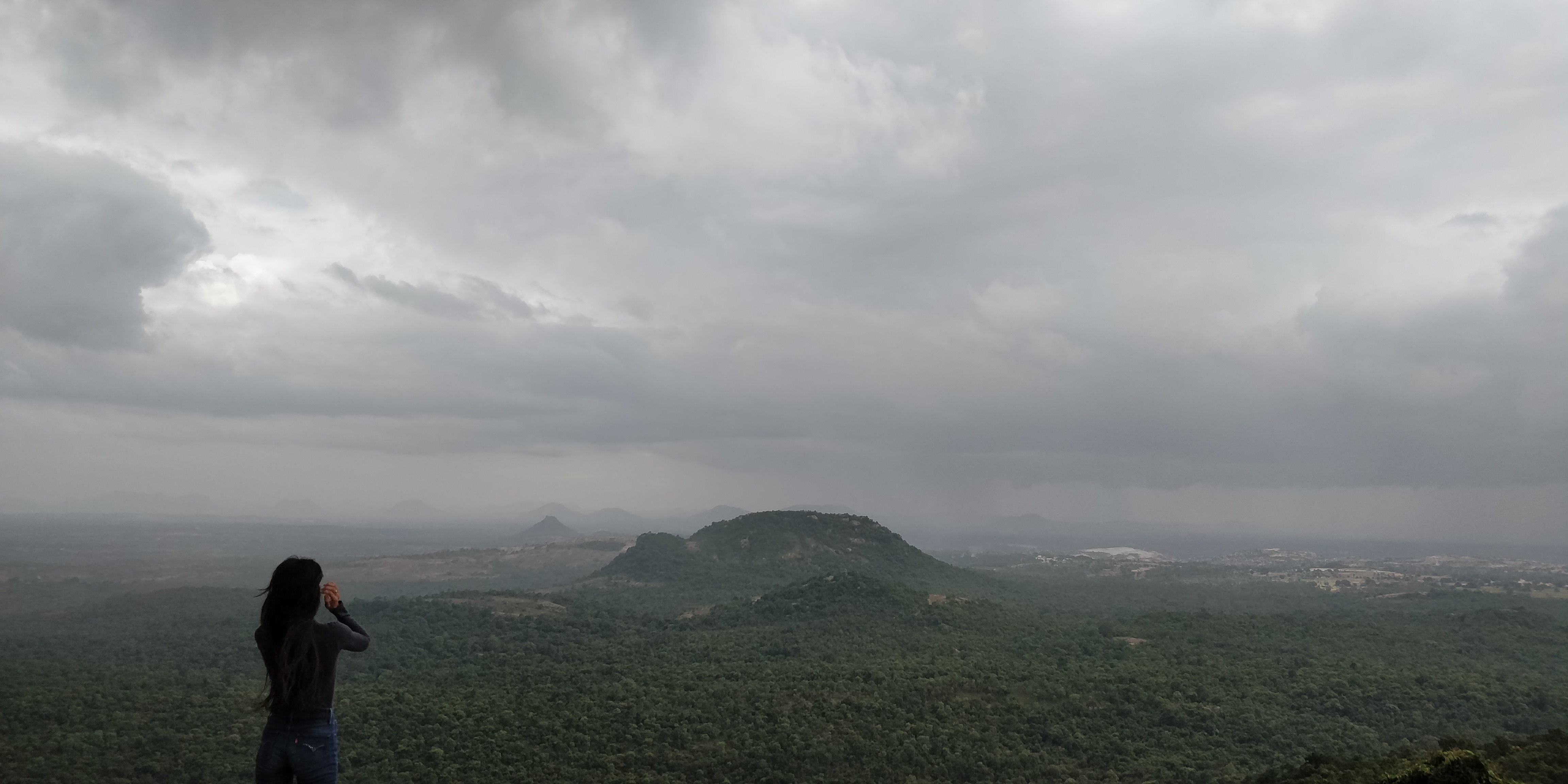
A good teacher teaches the technicalities of the asanas really well. They will make you repeat an asana, they will demonstrate the asana repeatedly. They will adjust, they will give examples.
A great yoga teacher teaches yoga.
This morning, after the childrens’ yoga class, I got a chance to observe Raya in action. He was taking a special yoga class for a large group of students who have just arrived. Raya’s classes are always peppered with a bit of humor, lots of insight and incredible yoga. When a student asked him to speak louder because she couldn’t hear over the noise of the traffic coming from outside, he said, “Welcome to India. We have to cultivate different faculties to learn yoga here.” A profound answer to a common query.
At the beginning of the class Raya asked everyone for ailments/conditions/aches and pains. And finally he said that a body will have problems. If there is a body, there will be problems. The idea or the goal of this practice is not about fixing everything. BKS Iyengar has said that we can cure what can be cured, but we must also learn to endure what can’t be cured. So another aspect of this practice is to understand the limitations and work with them.
When you practice asanas, you have to be very alert to your feelings. It isn’t enough just to stand up straight in Tadasana. You must be cognizant of the feelings that exist in your soles to know if you are standing properly or not. Feelings are like eyes. When you feel something you are actually about to directly perceive it. So be as aware of your feelings as you are about the positioning of your limbs.
In standing poses we have the tendency to inhale and harden the chest. The chest becomes a metal box. A metal box can’t spread and expand. A balloon can expand because it’s soft. Your chest should be like a balloon. In all asanas you need to expand and spread instead of become small and closed.
Like I said, a great yoga teacher teaches you yoga, not just asanas.